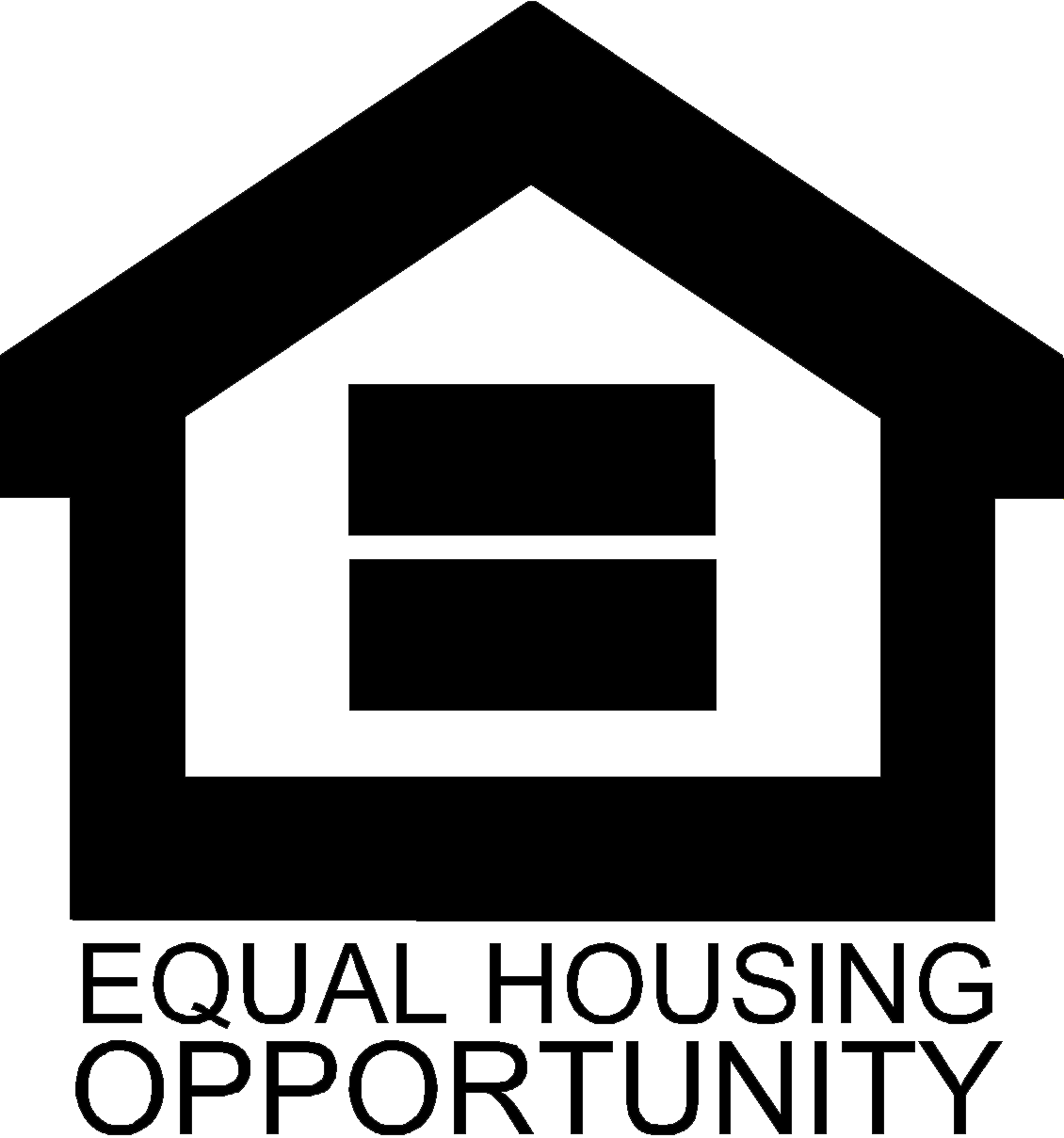Afraid to Raise the Rent?


How to Calculate the Right Annual Rent Increase for Your Single-Family Home
As a landlord, one of the most important decisions you make each year is determining the appropriate rent increase for your single-family home rental. Increasing rent annually helps ensure you keep pace with rising expenses such as property taxes, insurance premiums, and maintenance costs. Even a modest rent increase each year is far better than none, helping you maintain your property’s financial health.
Why Should You Raise Rent Every Year?
Owning a rental property comes with annual cost increases. Property taxes often rise, insurance premiums adjust, and routine maintenance can become more expensive over time. Without annual rent increases, you may find that your income doesn’t keep up with these rising expenses, eroding your ability to offer this much needed housing.
But how do you strike the right balance? Some landlords prefer small increases to keep tenants in place, while others aim to adjust rent closer to market rates. There’s no one-size-fits-all solution, so it's important to consider your unique priorities when setting your annual rent increase.
Key Considerations for Setting a Rent Increase
When deciding on a rent increase, consider your goals as a property owner:
- Keeping Long-Term Tenants: If you prioritize tenant retention to avoid vacancy, a smaller increase may be beneficial. Long-term tenants often mean fewer turnover costs and steady income.
- Staying Close to Market Rates: If you want to ensure that your property remains competitive with the market, a more substantial increase may be necessary to reflect the local rental landscape.
- Matching Inflation: Some owners opt to align rent increases with inflation rates to ensure their income grows in proportion to general economic conditions.
How to Calculate Your Rent Increase
We always recommend starting with a market survey to see what similar homes are renting for in your area. This gives you a good baseline of what tenants are willing to pay and where your property stands in comparison. Once you’ve determined the current market rate, you’ll want to factor in the potential costs associated with tenant turnover.
Turnover Costs to Consider
If a tenant decides to move out because of a rent increase, you may incur various expenses such as:
- Vacancy Costs: While the property sits empty, you won’t have rental income coming in.
- Turnover Costs: Getting the home ready for new tenants—whether it’s painting, cleaning, or making minor repairs—can add up quickly.
It's essential to weigh the potential turnover costs when deciding on the final increase. If the market rent is significantly higher than what you're currently charging, but you want to avoid a costly vacancy, consider
offsetting the increase slightly to account for these risks. By finding a balance between market rates and potential expenses, you can keep your home occupied while still covering the costs of ownership.
Final Thoughts
Annual rent increases are essential for keeping up with the rising expenses of property ownership. By conducting a thorough market survey and considering your long-term goals—whether it’s retaining tenants, staying competitive with market rates, or managing inflation—you can make an informed decision that benefits both you and your tenants.
At LBPM, we specialize in helping property owners like you navigate the complexities of rental management, including setting the right rent increases. Our team provides expert guidance on market trends, tenant retention strategies, and cost-effective property management solutions. Let us help you keep your investment profitable while minimizing the stress of day-to-day management.
If you're ready to take a more strategic approach to managing your rental property, reach out to us today. We're here to make sure your property thrives year after year!

